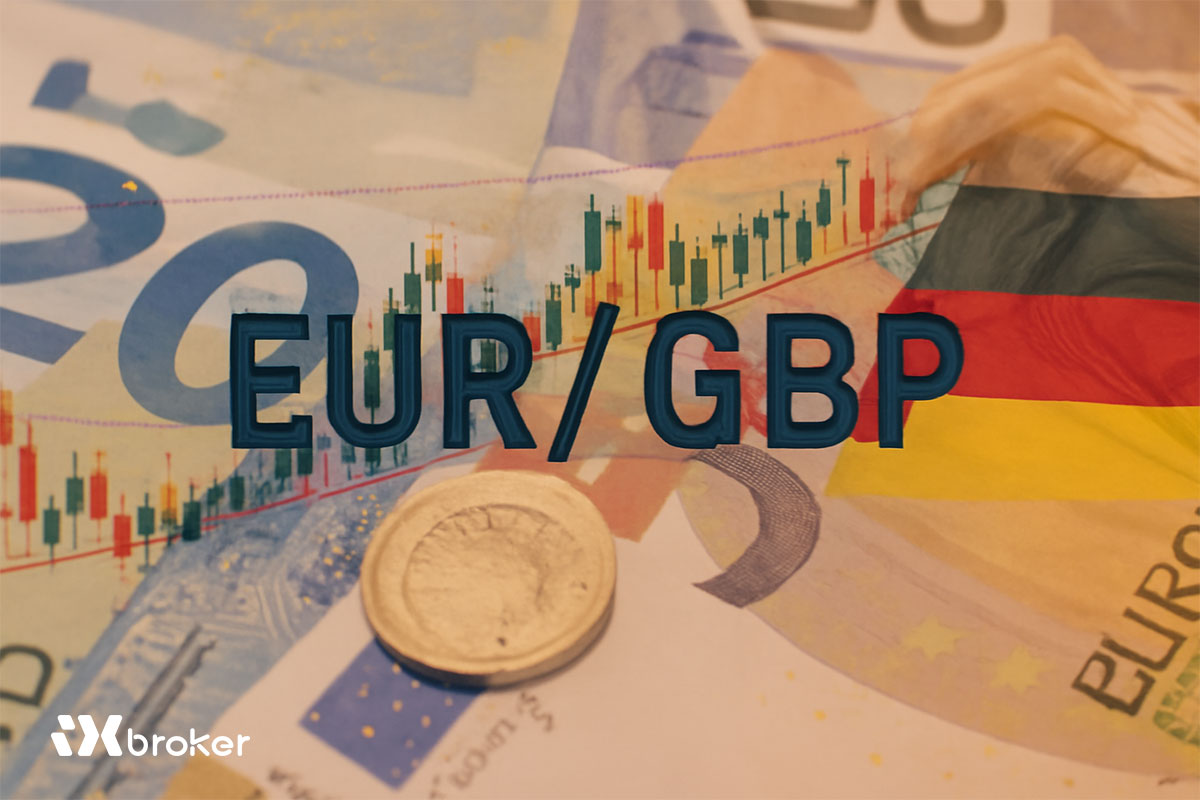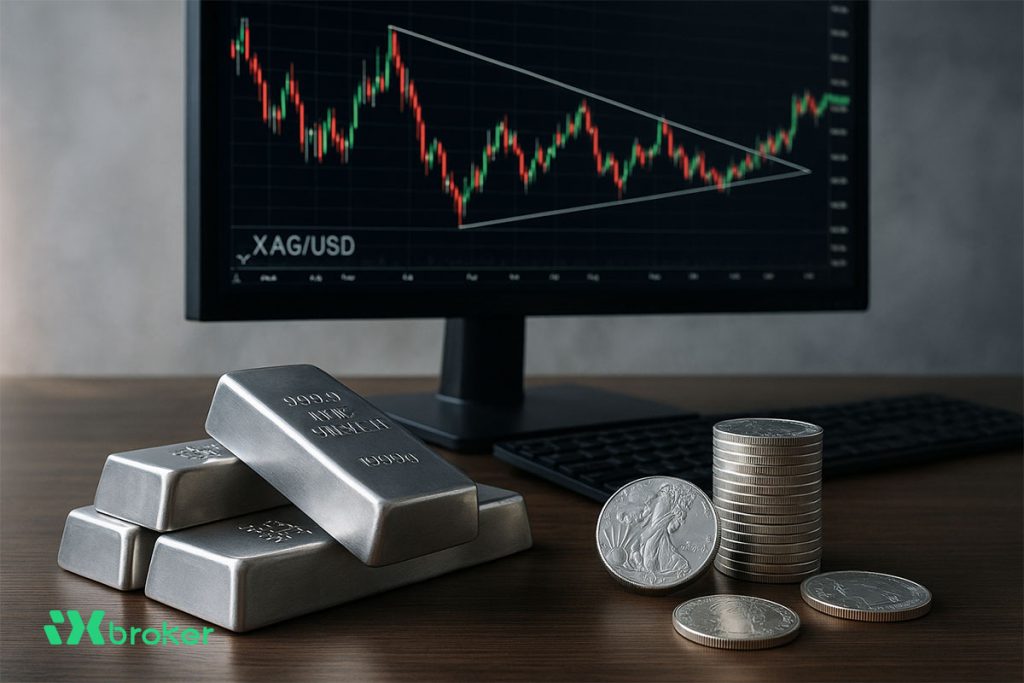The Euro (EUR) extended gains against the British Pound (GBP) on Friday, with EUR/GBP reaching its highest level since August 7. At the time of writing, the cross trades around 0.8713, slightly below the intraday peak of 0.8728, as Sterling remains under pressure from the Bank of England’s (BoE) cautious policy stance.
Sterling pressured despite strong UK retail sales
UK Retail Sales for August surprised to the upside. Headline sales rose 0.5% month-on-month (MoM), slightly above forecasts of 0.4%, while core Retail Sales jumped 0.8% MoM, well above the 0.3% expected and double July’s revised 0.4%. On an annual basis, headline sales increased 0.7% year-on-year (YoY) and core sales rose 1.2% YoY, both exceeding consensus estimates.
Despite the upbeat data, Sterling struggled as the broader macroeconomic picture continues to weigh on the currency. Elevated inflation at 3.8% YoY, slowing GDP growth of 0.3% QoQ in Q2, and signs of a softening labour market—unemployment edging toward 4.7% and declining payrolled jobs—highlight ongoing stagflation risks.
BoE holds rates and slows quantitative tightening
The BoE voted 7–2 to maintain the Bank Rate at 4.00% on Thursday and signaled a slowdown in its quantitative tightening programme. The cautious stance underscores the central bank’s focus on balancing growth and inflation amid a fragile economy.
Fiscal pressures add to Sterling weakness
Concerns over the UK’s public finances intensified after net borrowing surged to £18 billion in August, sharply above the £12.8 billion forecast and the highest August reading in five years. The move pushed 10-year gilt yields to 4.7%, a two-week high, adding further pressure on Sterling.



